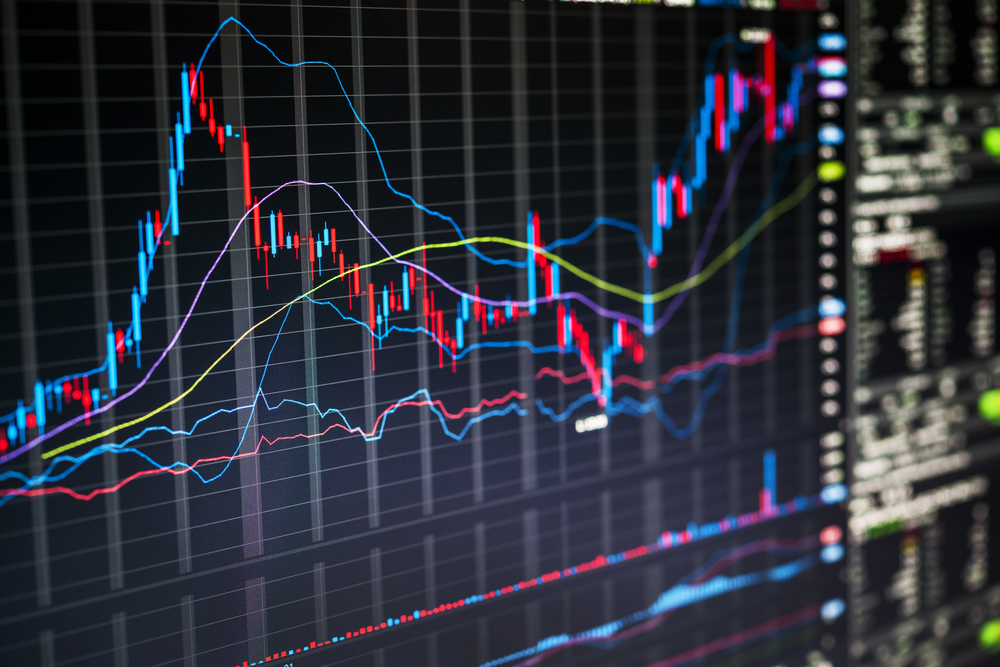Fed Move to Advance Rate Hike may Weigh on Equities
The dollar index moving up to crucial levels can prove to be negatives for emerging markets like India

The US Federal Reserve (US Fed)’s move to keep rates unchanged at 0 to 0.25 levels, and maintain asset purchases at $120 billion a month is positive for the market. The US Central Bank also said that its monetary policy will continue to give powerful support to growth, a stance that will also prove supportive for the equity market. However, its move to pre-pone the deadline of hiking interest rates by one year as swift rise in US inflation may prove to be dearer for equities across the world.
Dr. V K Vijayakumar, Chief Investment Strategist at Geojit Financial Services, said, “But Fed's language is mildly hawkish since there are indications of bringing the rate hikes forward. Jerome Powell, Fed chief's remark that inflation can be more persistent than we thought. It said that they could increase the interest rate in 2023 as US Fed’s Open Market Committee (FOMC) is expecting Inflation has risen higher and faster than expected and employment is not generating as rapidly as inflation. This is a signal that the Fed will be serious about tackling inflation by withdrawing accommodation at the right time.”
The rapid rise in inflation has taken dollar index at $91.34 which is at one month high and the rise in US 10-year bond yield by 10 bps to 1.58 per cent are negative for the growing economies like India.
Kshitij Purohit, Lead International & Commodities, CapitalVia Global Research said, “The Dollar index moving up to 91.50 and moving further up to crucial level of $91.60 or above, may drag dollar index at $92 mark. This can prove to be negatives for emerging markets like India.”
However, it is important to note that the Fed has raised the 2021 US GDP forecast to 7 per cent from 6.5 per cent earlier. This means higher EPS growth and better prospects for equities.
“Back home in India, Covid data continues to improve and re-openings are gathering momentum favouring unlock trades. Some correction in the market now is desirable since it would make the market healthy," Vijaykumar said.
Meanwhile, a Bloomberg report said quoting a new research from the Reserve Bank of India said, India’s record more than $600 billion of foreign exchange reserves might not be good enough, as it falls short on some measures including import cover and liability outflows.
“While foreign exchange reserves provide cushions against unforeseen external shocks, levels are often deceptive,” Reserve Bank of India researchers, led by Deputy Governor Michael Debabrata Patra, wrote in the latest monthly bulletin. “A better gauge of external vulnerability is an assessment of specific indicators.”
Nikhil Gupta, chief economist, Motilal Oswal Financial Services (MOFSL), too echoed same sentiment. He said, “Foreign capital inflows are extremely volatile by nature. And therefore, even if our foreign exchange reserves have crossed $600billion, sudden outflows of foreign capital could put weakening bias on Indian rupee, which will worsen inflation trajectory and thus, have a potential to create a vicious cycle.”
India’s foreign exchange reserves surged to $605 billion in the week to June 4 as the RBI mopped up dollars flowing into the nation’s booming stock market as well as via foreign direct investments. The pile is the world’s fifth-biggest after China, Japan, Switzerland and Russia, and is enough to cover 15 months of import.
That’s less than the 39 months cover offered by Switzerland’s reserves, 22 by Japan’s, 20 by Russia’s and 16 months by China’s pile, according to the RBI researchers. Besides, India’s net international investment position -- which is the assets over liabilities -- is a minus 12.9 per cent of gross domestic product. The minus figure denotes liabilities owed to foreigners are more than assets.
“These factors warrant a pragmatic assessment of reserve adequacy on FX reserves, including exposure to valuation changes and market risk in a world of heightened global uncertainty,” the researchers said.
In its latest annual report, the RBI had said that given the record pile up of reserves it would explore new asset classes and markets for deployment of foreign currency assets as it seeks to diversify its portfolio and seek higher returns. Currently, the RBI invests only in gold and sovereign debt.









